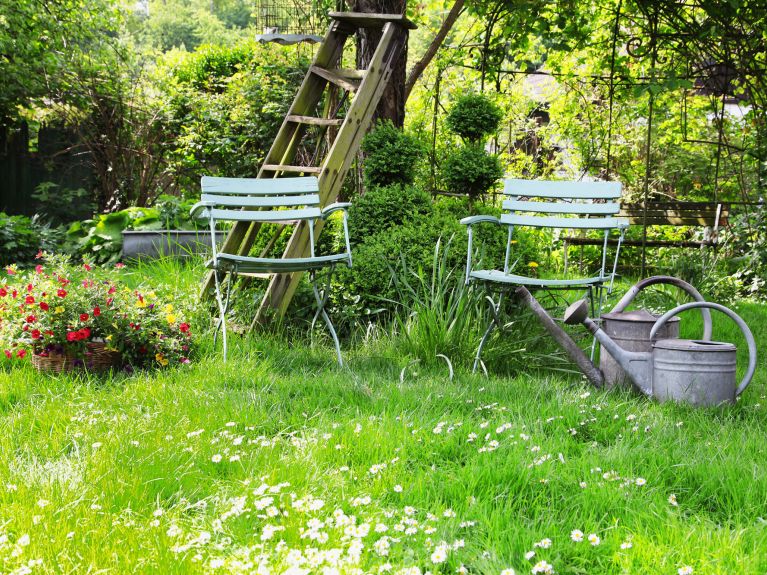Yen for country life
Most people in Germany live in cities, but many are drawn to the countryside. Seven facts about a trending topic.

- Half of Germany’s area is used for agriculture, 50.7 per cent of the total 357,581 square kilometres. 29.8 per cent are covered by forest, 14.4 are settlement areas and only 2.3 are water areas. This leaves 2.8 per cent of the terrain that cannot be assigned to the previous categories, such as coasts, high mountains without forest or the like.
- In 2020, 77.5 per cent of the population in Germany lived in cities and small towns.
- 3. 18.4 per cent of the population lives in cities of between 20,000 and 50,000 inhabitants. 16.9 per cent in cities with more than 500,000 inhabitants, 15 per cent in cities with 10,000 to 19,000 inhabitants.
- Germany’s population will hardly change until 2035. According to forecasts, however, around 60 per cent of rural districts and cities will lose population, and 40 per cent will grow correspondingly.
- Cities are losing population, especially in the group between 30 and 50 years of age. In 2019 the migration balance – that is, the total of newcomers and emigrants – was minus 6.5 inhabitants per 1,000 inhabitants in Germany’s major cities. Their destination is often the so-called “exurbs”, the immediate vicinity of a big city. According to surveys, the willingness to leave the big cities has increased in this group as a result of the pandemic. Younger people, on the contrary, are more likely to move to a larger city.
- In the rural districts, on the other hand, the net migration balance is positive at plus 10 per 1,000 inhabitants. Ten out of 294 rural districts, however, don’t benefit from the emigration of the 30 to 50-year-old age group; almost all of these don’t have a big city nearby.
- An important argument in favour of moving to the country is more room and peace – and the prices. Germans dream of home ownership, perhaps because only 51 per cent live within their own four walls, by far the lowest rate in the EU. And home ownership is cheaper in the country. Example: for the price of 43 square meters in the Munich district, you can get 410 square meters of living space in the Kyffhäuserkreis in Thuringia.
You would like to receive regular information about Germany? Subscribe here:


